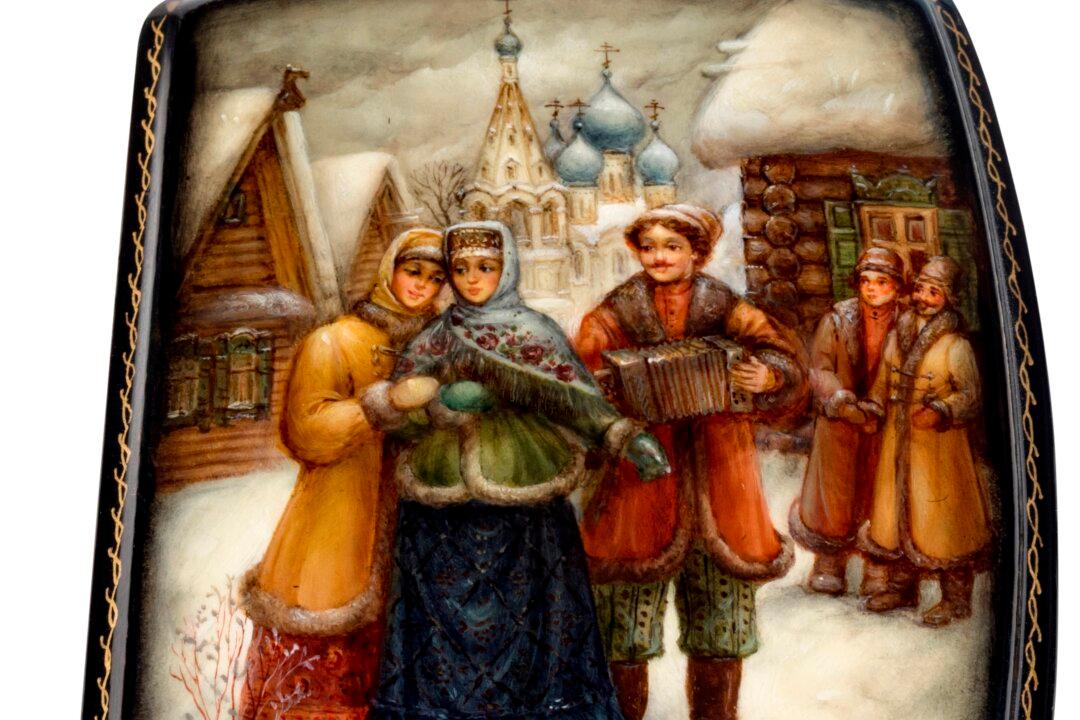British tailor Zack MacLeod Pinsent’s passion for historical-era clothing truly began when he ceremoniously burned his last pair of jeans at the age of 14. He wore clothing from different periods, such as the Victorian era, but came upon the fashions of the Regency and Georgian periods when he was invited to a ball in London and had nothing to wear.
“I went on eBay, found a costume tailcoat, chopped it up to fit me. I still have the photos, and I cringe,” he said with a laugh. “But I caught the bug from that point. I really loved the aesthetic.”





